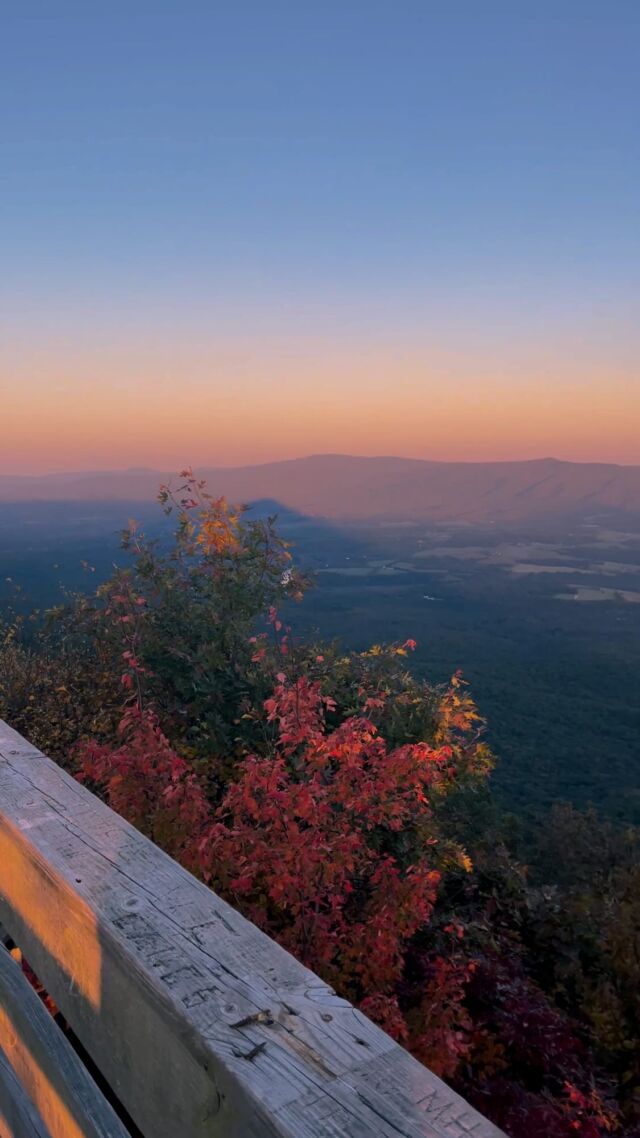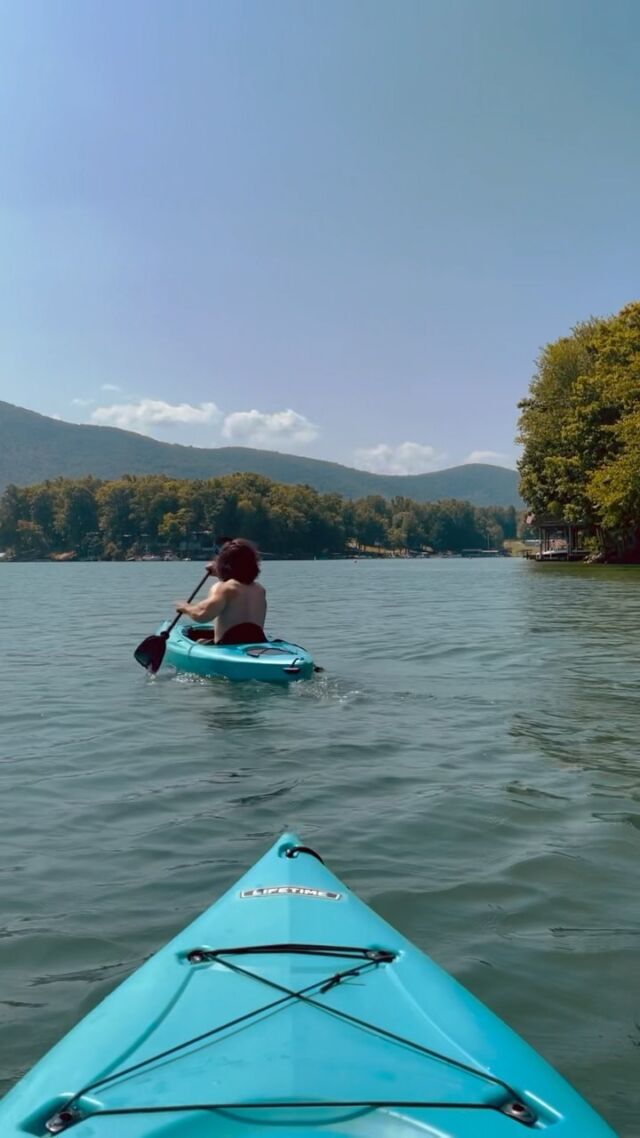Backcountry camping in Yellowstone is an accessible adventure for everyone! Here’s how to book your next visit, plus Yellowstone’s recommended campsites for those with differing abilities.
Backcountry Permits
Before you pack up your gear and head to your campsite, you’ll need to apply for a backcountry permit.
Obtaining a permit is as easy as heading to one of the many backcountry permit offices! You can find them in most of the ranger stations. The rangers will ask you to fill out a Backcountry Permit Application and read their Backcountry Regulations.
They also require campers to watch the Beyond Roads End video. This video is definitely old school, but it provides essential information concerning backcountry safety. The video is almost twenty minutes long, and the rangers will definitely make you watch the video if you haven’t seen it before.
Permits cost $25 per trip and cannot be obtained more than two days prior to your visit. You can reserve specific campsites ahead of time, but you’ll still need to visit the permit office for your physical permit before camping.
Most campsites allow you to book three nights at a time, but you’ll need to pay for an additional permit for any longer trips. Some campsites do have specific rules, so check out the National Park Service’s Backcountry Trip Planner for more details about specific campsites.
Accessible Campsites
![]()
Goose Lake OD5
We booked our first few nights in the Old Faithful area of the park, in a campsite over by Goose Lake.
Take Fountain Flat Drive to the Freight Road Trailhead to make the 1.7 mile trek to Goose Lake. The trail is a hard-packed, dirt bike path, making it easily accessible for almost anyone! You’ll pass by the Ojo Caliente Spring, cross the Firehole River, and make your way to the sign for 0D5. The campsite is a little less than a quarter mile from the trail, but the path is wide and easily accessible.
This site is nothing short of amazing. It’s almost like having a private lake all to yourself! It has plenty of trees perfectly placed for hammock camping, and plenty of flat areas if you prefer to sleep in a tent. The campsite also has a bear box and a pit toilet, some lovely luxuries for the backcountry!
The Grand Prismatic Overlook is only a short hike away from 0D5. Personally, I recommend checking out the overlook. The views are stunning!
OD5 is reserved every day until 4pm for people with disabilities or those traveling by bicycle. After 4pm, it can be booked by the general public.
![]()
Ice Lake 4D3
Although the evening skies remained cloudy for the remainder of our trip, we didn’t let it rain on our parade!
After staying at Goose Lake for three days, we needed to obtain another backcountry permit for one more night. Our next destination was further north, so we snagged a campsite over by Ice Lake in the Canyon area.
4D3 is .03 miles from the Ice Lake Trailhead; the trail is made of packed earth and is fairly flat, making this another easily accessible campsite. It’s also much closer to parking and the highway than OD5, if walking long distances is an issue for anyone in your party.
This campsite featured more densely packed trees, though the site itself had plenty of spots for hammock camping, and good ground for tent camping as well. There’s also a pit toilet, but no bear box, so you’ll need to hang up your food away from camp.
There is a cool trail we want to try next time that leads up to Observation Peak, a 3 mile trail with a 1400 foot elevation gain. At the top of Observation Peak is another campsite which I’m sure features fabulous views!
For more information about accessibility in Yellowstone NP, check out the National Park Service Backcountry Accessibility page.
Weather + Other Things to Note
![]()
The weather in Yellowstone is often unpredictable, so make sure you’re prepared for the worst. I always keep an emergency poncho tucked in the front pocket of my bag. It’s also important to remember that on average, the park sits 8,000 feet above sea level. Even though we found the days warm and sunny, the night temperatures dropped into the 20s in the middle of August!
Be mindful of the wildlife. We didn’t encounter too many animals, but they definitely knew we were there. Make sure you follow all of Yellowstone’s Backcountry Regulations. Pay attention where you’re stepping too, and stay on the trails. The thermal environments can be tricky (and even dangerous) to navigate, but the rangers also want to preserve the biodiversity of the area. Always follow Leave No Trace guidelines when camping.
For more information about camping in Yellowstone’s backcountry, check out the National Park Service website.
Disclaimer: Only YOU know your limits and experience level. Please approach these hikes with caution. Refer to our Disclaimer for more information.
Have you been camping in Yellowstone? Tell me about your experience!



0 Comments